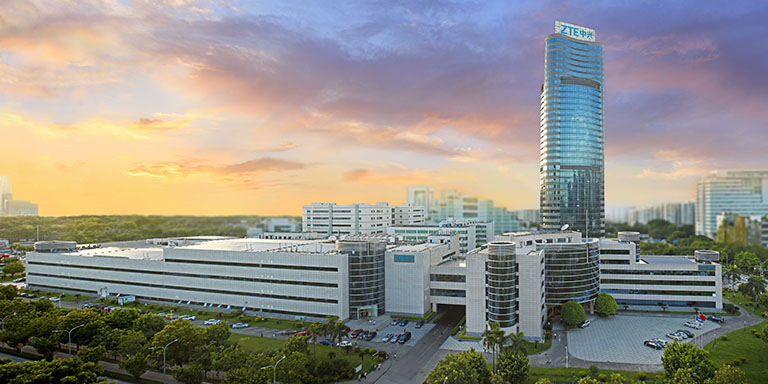
A global leader in information and communications technology, ZTE provides end-to-end 5G networks so businesses can connect with core assets such as robots, automated guided vehicles (AGV) and the Internet of Things (IoT). The company is currently focused on accelerating global commercial deployment of 5G with its end-to-end products and solutions. ZTE has helped more than 300 enterprises across 20 industries realise digital transformation to date, said Jason Tu, Principal Scientist of Network Functions Virtualisation and Software-Defined Networking Solutions. Headquartered in Shenzhen, ZTE has offices worldwide, including one in Hong Kong.
Most people know that 5G is much faster than 4G. What are the other major benefits for a company to deploy 5G?
Higher bandwidth is one of the great benefits of 5G. We call this “enhanced mobile broadband” (eMBB), which allows fluid streams of 4K and 8K [4,000 and 8,000 pixel resolution] video, augmented reality/virtual reality and other entertainment-oriented applications. A new network based on the cloud, 5G standalone (SA) can take the speed of 5G even further. It can provide ultra-reliable low-latency communications (uRLLC) and massive machine-type communications (mMTC), enabling 5G to connect the Internet of Everything (IoE). A ground-breaking feature, uRLLC provides networks with high reliability and low latency, both crucial for accessing and communicating with robots, AGVs, sensors, or hospital consoles. mMTC, meanwhile, is the basis upon which mass IoT terminals with low costs and power consumption access networks such as air conditioners, lamps, doors, windows and utilities. Taking a factory as an example, these advancements in 5G technology allow staff, all smart devices and some simple devices to access the entire network safely and economically. This makes it possible to accurately collect big data and achieve comprehensive automation and artificial intelligence (AI).
What will happen to businesses that don’t embrace 5G?
The goal of 5G is to connect everything. It’s a more economical connection that provides wider, more reliable, low-latency connections. The energy efficiency of the 5G network is anything from 10 to 100 times better when compared with a traditional network. 5G will enable low-value machines, such as lamps and switches to access networks economically and achieve automation. If organisations do not embrace 5G, a new digital gap will be created, as some employees and machines will be unable to access or connect to the network due to technology constraints or price.
How will 5G evolve in the next 12 months?
The first phase of 5G (eMBB) has been placed into commercial use in East Asia, Europe and the United States, and 5G entertainment applications based on high bandwidth are already revolutionising that industry and winning favour with customers. From 2021 onwards, 5G SA will be gradually introduced, which will achieve the 5G goal of IoE. Simultaneously, cloud technology, AI and big data behind the 5G SA network will not only provide better connections but also empower the vertical industry to embark on its digital transformation. This will promote the emergence of smart homes, factories, hospitals, schools and ultimately smart cities.
What are some common misconceptions on 5G?
One we hear often is that 5G is more expensive. Some 5G packages may seem expensive but the traffic of 5G packages is usually much higher than that of 4G packages. This means that, from the perspective of users, the price per “G” is greatly reduced. A large number of new technologies are used in 5G, which may bring about new costs at the early stage of introduction. However, cloud technology will greatly reduce network total cost of ownership, especially with increased network traffic. Artificial intelligence operations and maintenance will also save on manpower. Emerging technologies like Massive MIMO will additionally improve the spectrum utilisation and network capacity, especially when the network traffic increases 10-fold or more.
How has the COVID-19 pandemic affected business and how will you drive revenue growth?
Against the background of the pandemic, ZTE managed to achieve revenue and profit growth in the first three quarters of 2020 and obtained 55 5G contracts worldwide. We believe that future revenue growth will come from the digital transformation of vertical industries, an emerging market worth much more than the operators’ market. We will make strong contributions to this emerging market by combining the advantages of 5G network technologies and digital technologies like cloud technology, AI and big data.
What are your long-term ambitions for ZTE?
Regardless of the uncertainties currently facing the globe, we remain focused on our internationalisation strategy. We firmly believe that a broader world market can stimulate more innovative and cost-advantageous technologies. We expect to be listed in the Global 500 due to the growth of digital transformation solutions for vertical industries alongside the development of the terminal business.
Related link
ZTE


